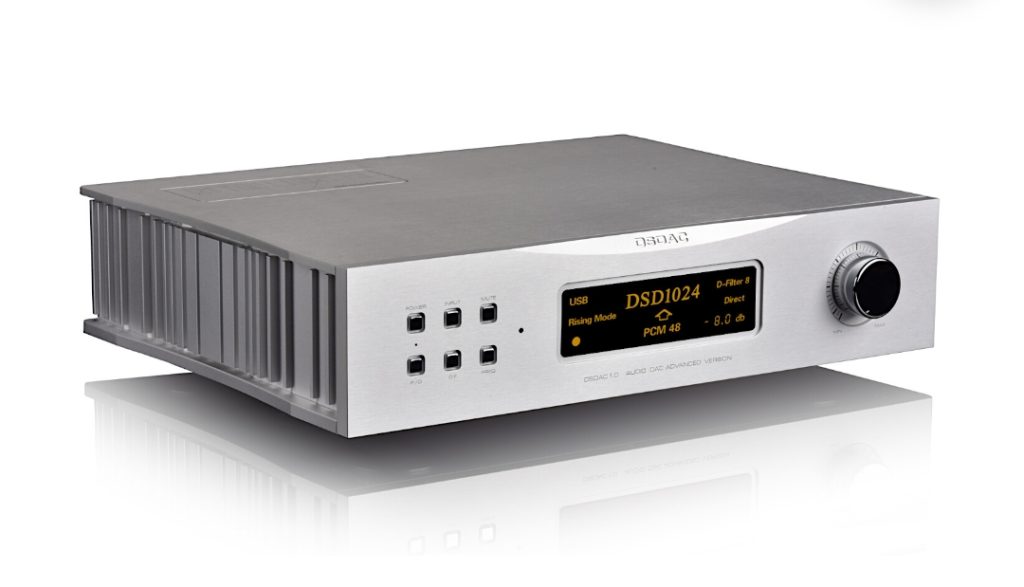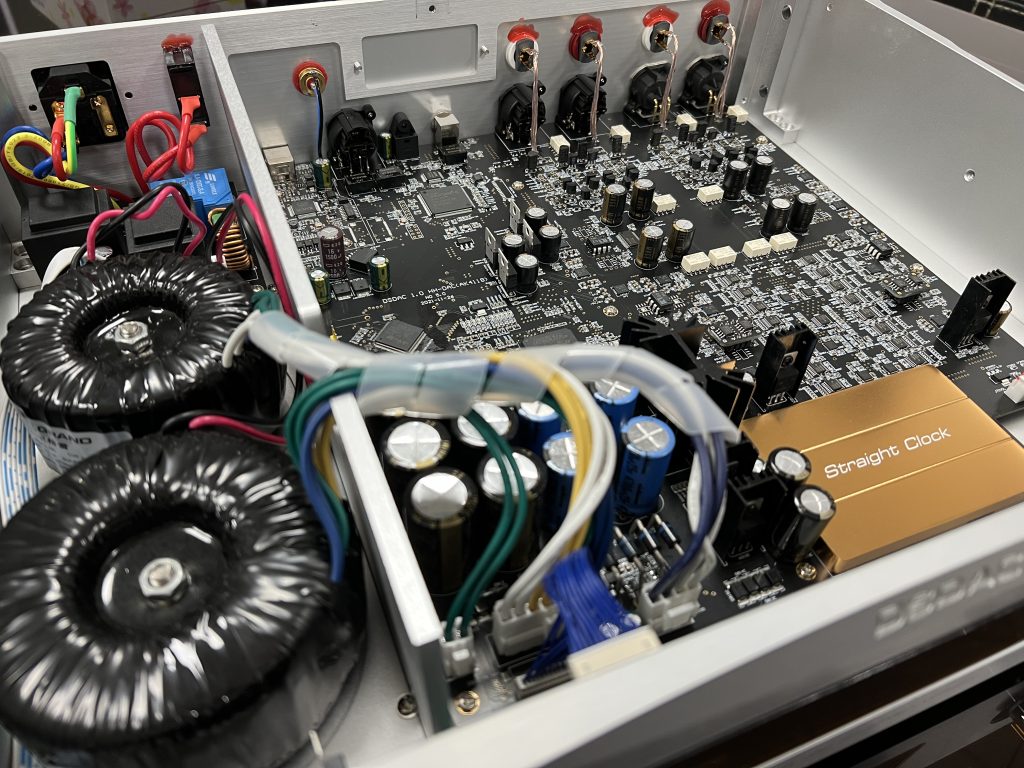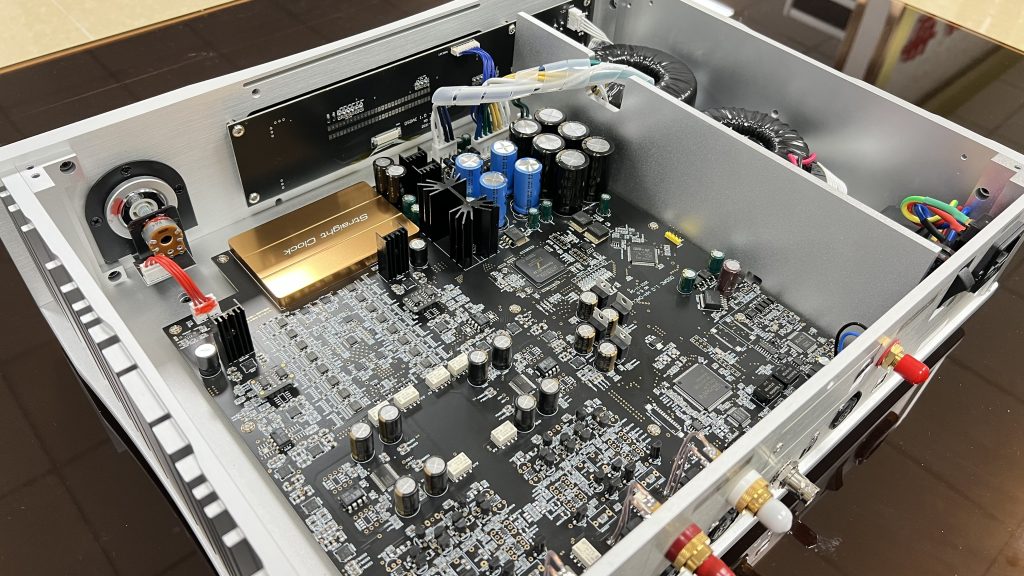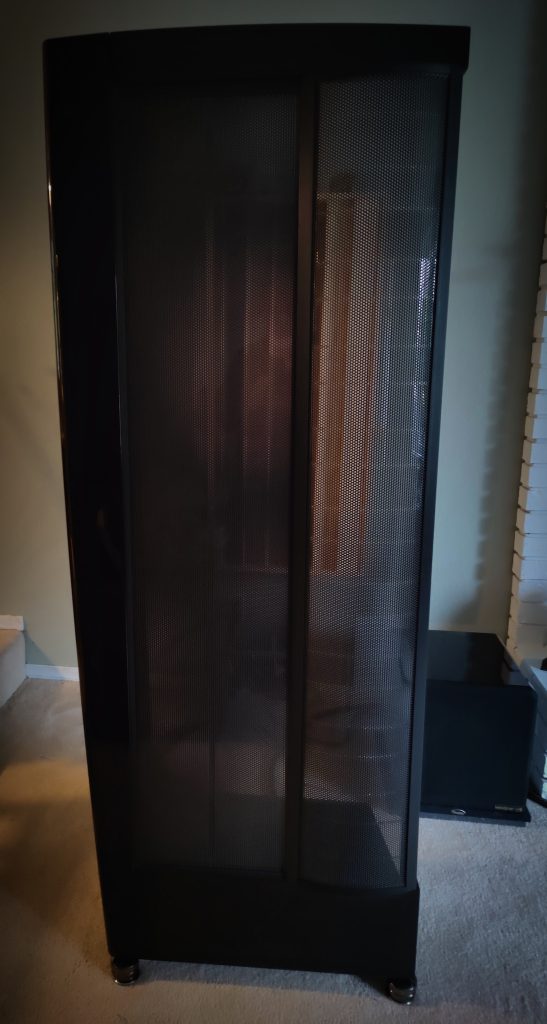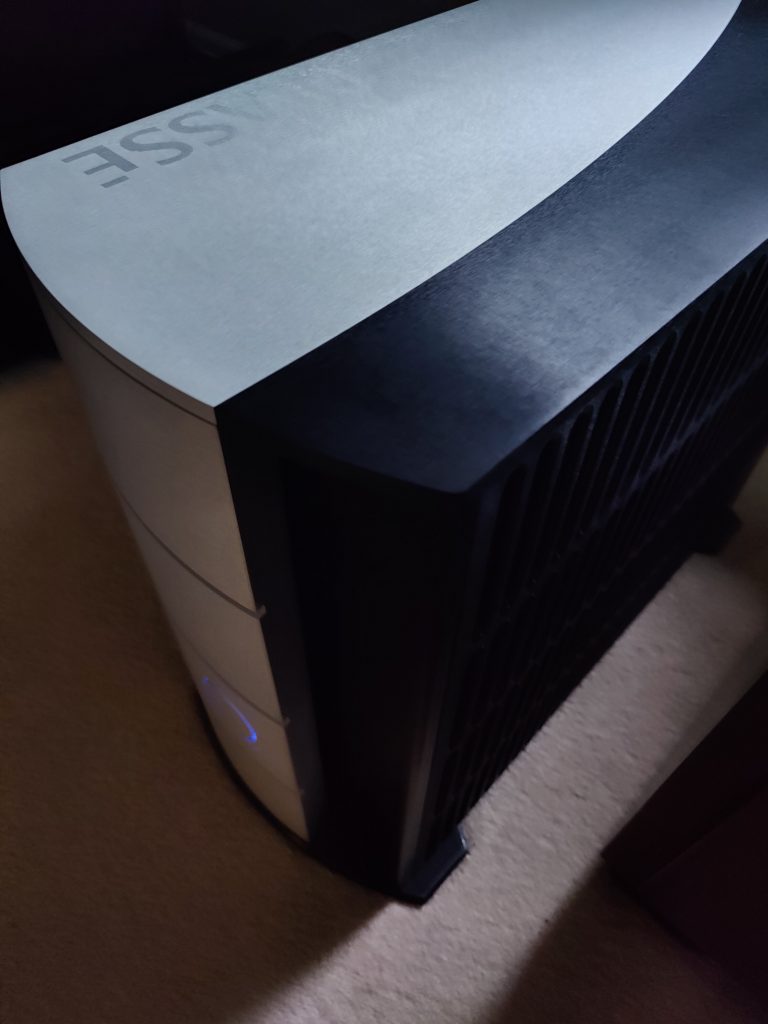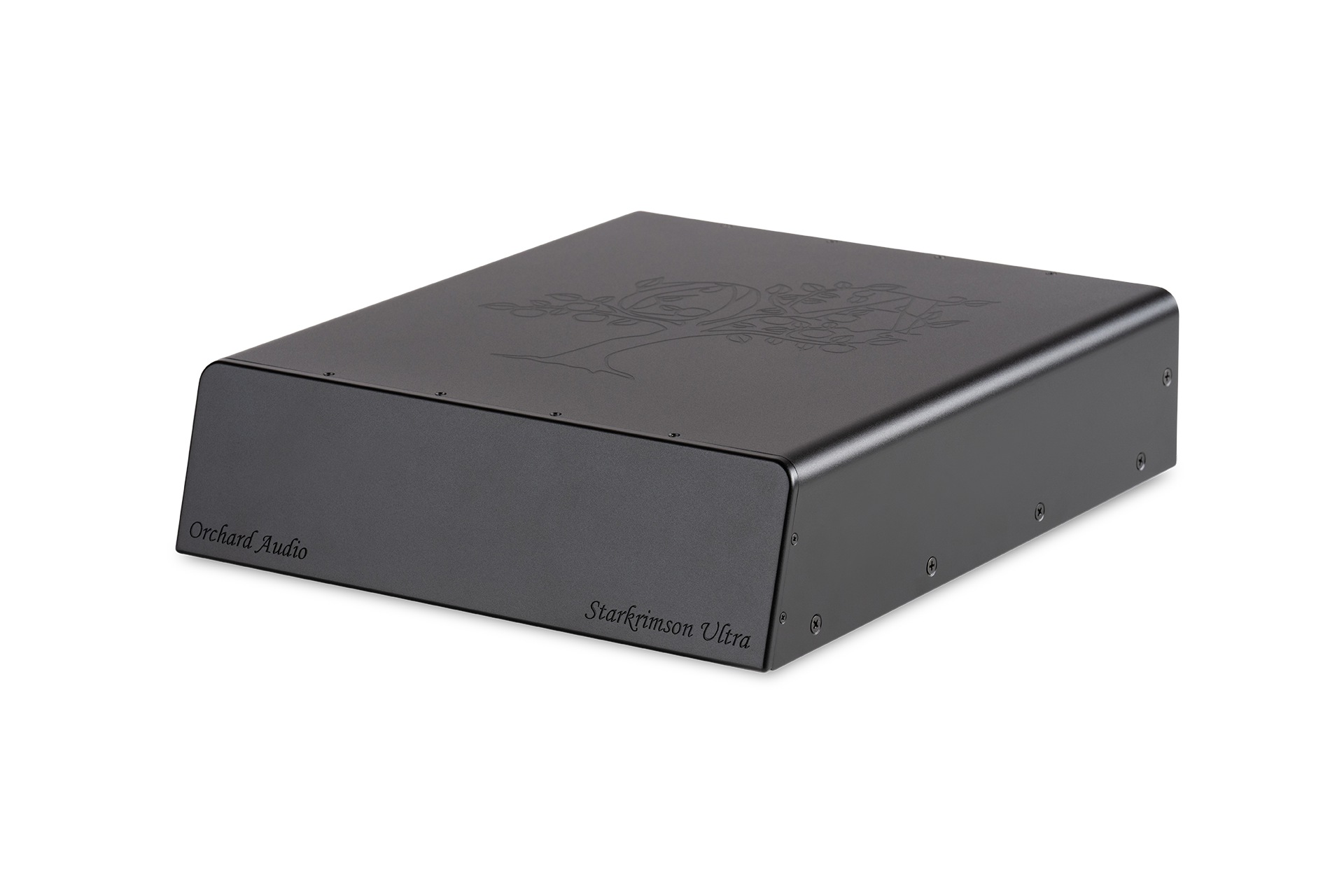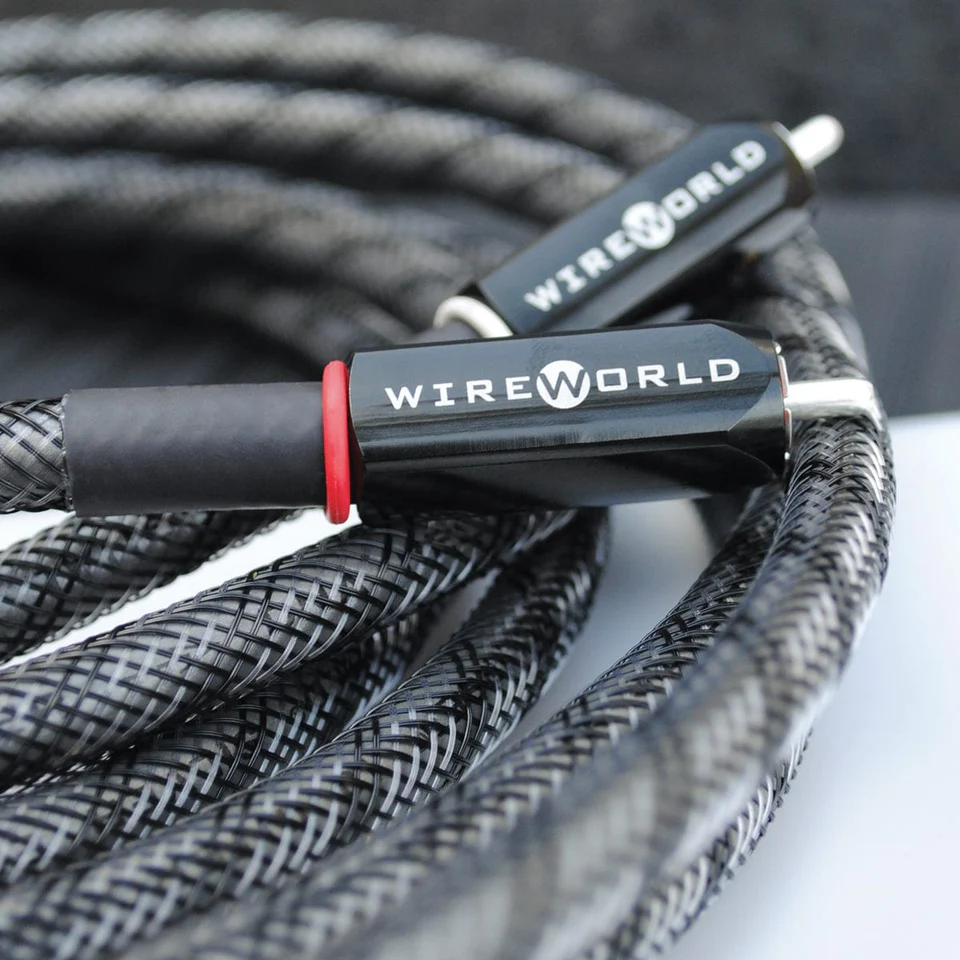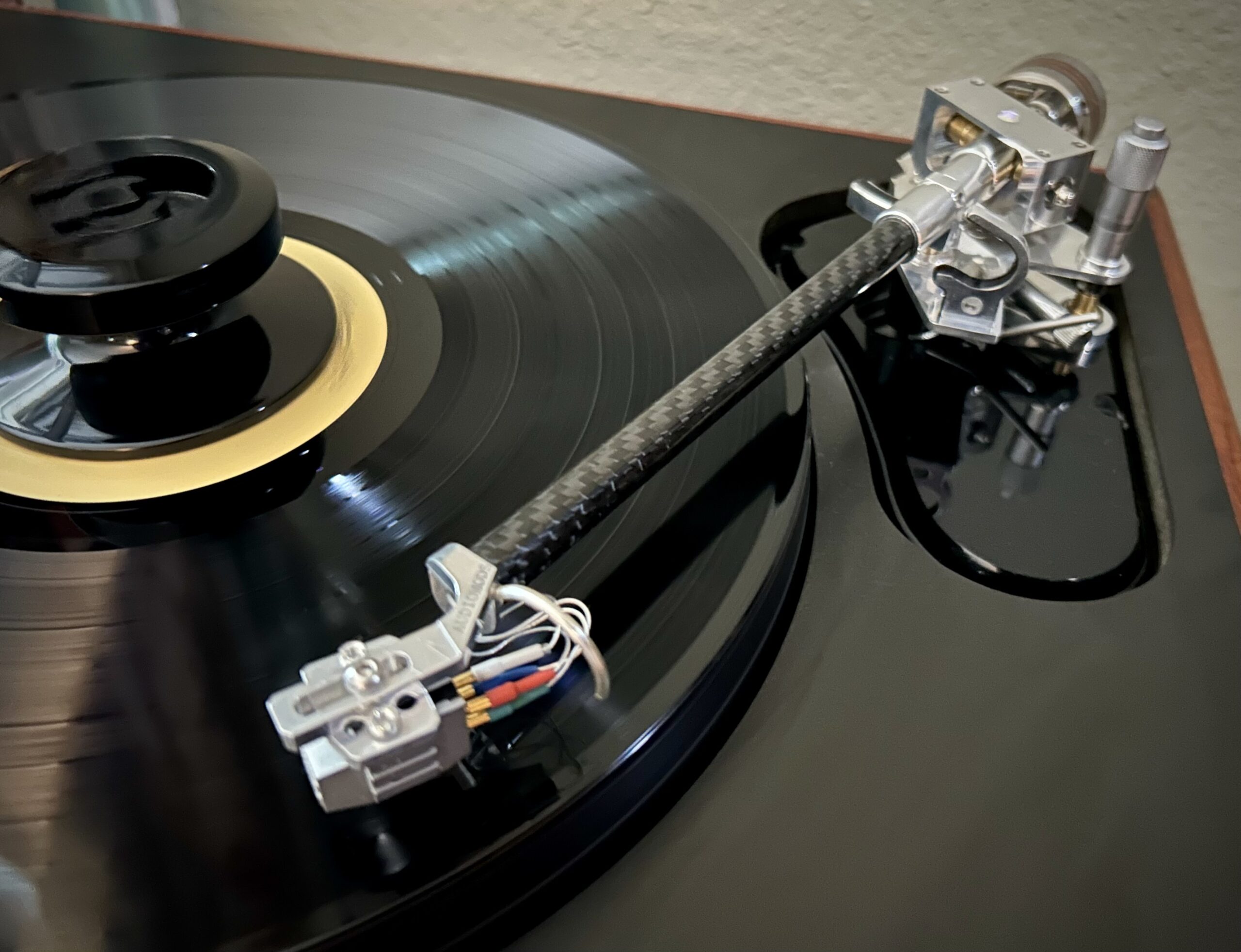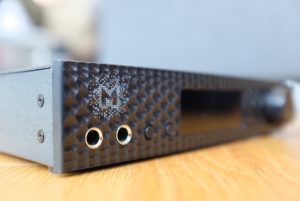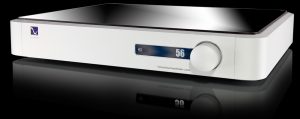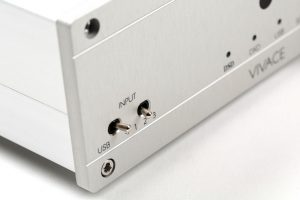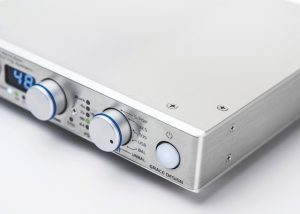Digital playback technology is now commonly viewed as a mature field, where groundbreaking discoveries have already occurred, and the consumer can expect a higher level of performance, more features, and a lower price tag as the industry moves forward. After all, the first digital PCM recording was created in 1971 by NHK, and Sony and Phillips debuted prototype compact disc players in 1979. Today a 4K blue-ray DVD player can be bought for a couple of hundred dollars, and they practically give away a standard run of the mill compact disc player anymore, and they typically reside at the lower end of the market. Although not all is lost, and there is certainly a selection of mid-priced machines targeted at the traditional audiophile. It cannot be denied that audio streaming sites such as Tidal or Qobuz have moved to the forefront of our hobby, and these venues provide high bit rate files at a reasonable monthly subscription cost. So, what does this mean for audiophiles who are searching for exceptional digital playback and want a solid return on investment for their monies spent? On one hand you can purchase a Topping DAC that will support DSD 512, have balanced outputs, and boasts an ultra-low jitter receiver stage. To the typical hobbyist this kind of product checks all the audiophile boxes, right? On the other end of the spectrum are the top-of-the-line pieces from MSB, dCS, Gryphon, or Esoteric. These are components that can range from $35,000 and continue well past $100,000. What course of action should the thoughtful audiophile take these days? Over the years I have listened to a wide array of Digital to Analog converters and have yet to find one that soundly trounced my long-time reference multi-bit DAC that utilized the Burr Brown PCM1704 chip set. Last year I purchased a Trinov Amethyst preamplifier, and one attribute it has is an internal DAC. Now the presentation of music differed from my reference machine, yet I found this DAC to be an incremental improvement, and so I put my Audio Magic Kukama out to pasture. As fate would have it, this summer I received a call from Arthur Power of Power Holdings Inc about a DAC from Cen.Grand Audio that he strongly encouraged me to audition. Normally I take the summer off and take the time to refresh and recharge. Yet after listening to Arthur I was intrigued, so we arranged delivery of the DSDDAC 1.0 Deluxe DAC, and I have to say spending time with this piece has been an eye-opening experience. The DSDAC 1.0 Deluxe sells for $6219.95, which falls into the niche of affordable high-performance audio. I suggest you look closely at this machine, because this DAC plays music in a way that resets the paradigm of what high end digital should cost. In addition, it has eye catching good looks and a build quality that is not expected at this price range.
The DSDAC1.0 (Deluxe) is the flagship model from Cen.Grand that is a DSD based DAC which resamples all incoming data to the DSD format. The proprietary software to achieve this is a custom program that took five years to develop. The software is embedded on a pair of Field Programmable Gate Array (FPGA) chips and allows for DSD conversion starting at DSD128 and scales up to DSD1024. The reality is this DAC is unusual as it is a sophisticated design that attacks the challenges of digital playback in a thoughtful and sophisticated manner. I could write pages about the remarkable details of the construction of this DAC, yet I will try to be concise and touch on the highlights that you need to be aware of to understand why this piece is uniquely special.
Audiophiles often feel that jitter is no longer a major issue in the realm of digital playback, yet that is not the complete story. Timing errors are still a critical sector of digital playback, and the Cen.Grand DAC employs an ultra-precise femtosecond clock generator to address one aspect of this issue. Furthermore, this clock signal is not passed through a frequency divider, which can increase the jitter factor. The result is you get a jitter level of 100 femtoseconds or .1picoseconds.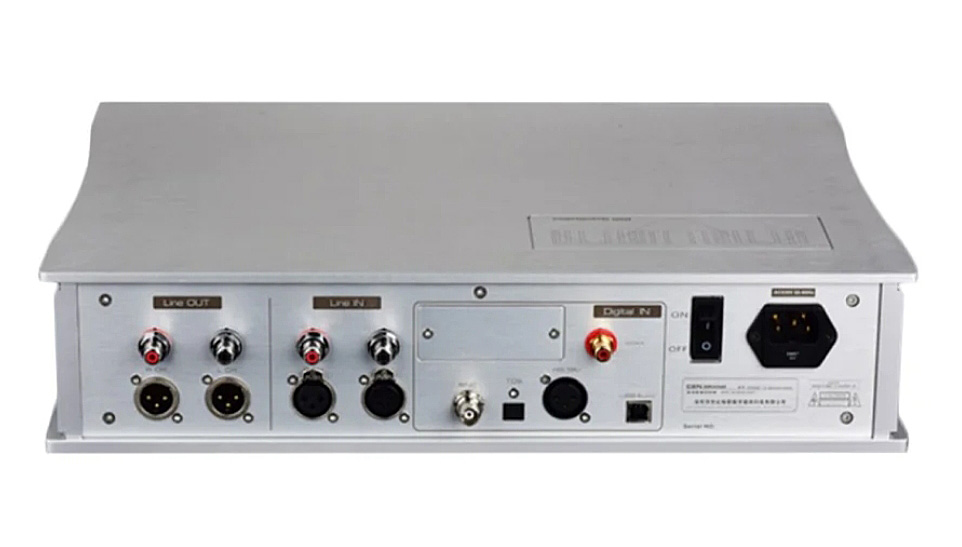
USB input is accomplished by a XMOS XU208 interface that is an asynchronous data transfer portal. Typically, this is thought to be the accepted solution to jitter issues with incoming data signal. Cen.Grand has a proprietary feature named "clock blocking" that solves anomalies created by the digital source clock, and does it without using asynchronous sampling rate conversion (ASRC), which is an often-used solution by many designers. Here is the interesting part about asynchronous data transmission and what clock blocking protocol accomplishes. When ASRC is selected, one or more interpolation algorithms will be utilized such as Linear Interpolation, Bilinear Interpolation, Cubic Spline Interpolation, etc. The use of interpolation adds non-original data to the music stream, the data is no longer bit perfect. A-synchronous is an improvement over synchronous USB audio in that it allows the use of a higher quality local clock in the DAC instead of the one in your computer, however, it also has an inherent flaw or drawback in that it adds this non-original data to the music stream. Audio data is not removed, but additional data is added so, it is no longer technically bit perfect. Cen.Grand states that ASRC is an advanced technology, but it negatively affects audio quality. So JianHui Deng has been able to implement a process that synchronizes a low jitter clock signal at the same time without ASRC. This is the underlying magic! The integrity of the data including its timing markers is maintained, but the input clock is replaced with a very high-quality local femtosecond clock that improves the accuracy of the digital to audio conversion. This new incorporated high quality clock signal added to the music data (without the interpolation algorithms) ensures a highly precise DA process, so the purity of the signal is perfect, and the original music quality is maintained. Now JianHui Deng has been able to implement a process that maintains a continuous data flow throughout the DAC, and synchronizes a low jitter clock signal at the same time. This is the underlying magic! The integrity of the data signal including its timing markers is maintained in such a way that the purity of the signal and thus the music is maintained.
The output stage is another building block of the DSDAC1.0 (Deluxe) DAC. The circuit is a linear balanced circuit designed by JianHui Deng. The power supply uses dual toroidal transformers to supply the digital and analog halves of the DAC. Discreet components are exclusively used in the output stage, there are no op-amps to be found at all. The chassis is built from substantial aluminum material, and the power supply is in a sectioned compartment away from the main circuit board. A crosscut finish is applied to the aluminum, which gives the chassis a refined presentation. Finally, there is electromagnetic isolation between the USB input and the main board of the DAC, so every effort to combat system noise is being used in the DSDAC1.0 (Deluxe) by Cen.Grand.
This DAC does have preamplifier capability also. The user can choose to configure the unit as a stand-alone DAC or select the variable output option where a volume control using a resistor ladder format allows both precise volume control and retains the purity of the audio signal. This allows for connecting the output of the DAC directly into a power amplifier with either XLR or RCA output cables. Please note that additional inputs are not available on this piece, so it will not be a control center for other components. One thing to notice is the quality of parts used throughout this DAC, as you will find Nichicon Muse capacitors, WBT Nextgen RCA sockets, Neutrik XLR sockets, and many other upper tier parts. Every piece of the DSDAC1.0 (Deluxe) has been selected for superior performance, and prospective owners are receiving a piece built to demanding expectations.
Many of my listening sessions with the Cen.Grand DAC occurred as a stand-alone component, with the preamplifier duties overseen by a Trinov Audio Amethyst. AS McIntosh Mini desktop computer is the music server with Roon and Audirvana software used in conjunction with Qobuz for streaming duties. A pair of Classe Audio Omega mono-block amplifiers drive my Martin Logan CLX ART electrostatic speakers. A pair of restored Velodyne HGS12 subwoofers take care of the lower registers. A BPT 3.5 Signature Plus power conditioner is paired with the PI Audio Group power cords to provide clean filtered AC power. Interconnects are the Wireworld Gold Eclipse XLR, and speaker wire is Wireworld Eclipse 8. I should also mention that I spent time listening to the DSDAC1.0 (Deluxe) as a standalone unit, so we can discuss how it functioned as a preamplifier.
If I were asked to sum up the sonic character of the Cen.Grand DSDAC1.0 (Deluxe) DAC, I would unhesitatingly use the phrase "sounds like vinyl." This comparison is not an exaggeration or hyperbole, but rather as accurate a description as I can imagine. My reference record spinner is a SOTA Cosmos Eclipse/SME 5 combination that is fitted with a Transfiguration Audio Proteus cartridge. This pairing has a cohesive presentation that ebbs and flows with a refinement that is not equaled by any of the digital to analog converters I have spent time with. The SOTA combination does not lack low level detail, is not dynamically limited, and does not roll off the frequency extremes of music. The Cen.Grand DAC has a cohesive presentation that closely tracks the essence of my vinyl rig, yet has all the detail and precision that quality digital playback is renowned for. On "I Can See Clearly Now" by the Holly Cole Trio I am deeply appreciative of how natural and unforced Cole's vocals come through the system. This presentation truly reminds me of my best moving coil cartridges, with nuance and detail while maintaining an ease of presentation that just does not occur with most digital systems. The acoustic bass is powerful with remarkable extension to the lowest registers, yet the resonance and tone of the wood body clearly comes through in spades. The piano passages also have lovely tone and texture, yet detail and harmonic structure is authentic and natural. What is absent from the Cen.Grand DAC is any etched instruments, cold and harshness, or lean and clinical tone. The DSDAC1.0 (Deluxe) DAC does not prioritize detail retrieval, yet it maintains all these critical elements, yet the essence of the performance is honored and preserved. This is what audiophiles should expect from their systems, and the Cen.Grand DAC certainly meets this expectation.
With the DSDAC1.0 (Deluxe) the user has a variety of sampling rates to select. With PCM source data DSD256 is the only output available in non-rising mode. With Rising mode select the choices range from DSD128, and then you progress through DSD256, DSD512, and top out at DSD1024. Additionally, DSD64 can be inputted via S/PDIF cable in DOP mode, and DSD512 native through the USB input. This leads to the question of which sampling rate is the best? This is a more nuanced question than one might first expect, and the answer really depends on both the system and the listener. On one hand a person might expect the highest DSD rate to have the greatest detail and resolution, yet on the flip side the first DSD rate may represent the least altered signal. At least this is the way the typical hobbyist would look at this question, and I do believe there is an element of truth in this perspective. Within the context of my system, I find a preference for DSD128 in rising mode or DSD256 non-rising, as these settings provide a higher degree of tonal density and texture to instruments; while voices tend to ebb and flow naturally. Now in another system with a different voicing, I can see where the higher settings of DSD512 and DSD1024 would be preferable, and I can appreciate the flexibility that is available with this DAC. When playing "Small Blue Thing" by Suzanne Vega the presentation of the song was dark, complex, and melodic without any hard edges to the music. Do remember that the Martin Logan CLX ART speakers are truth tellers at their innermost core, and any music that is etched or bright will not be romanticized in any way. When changing the rate to DSD1024 the spatial footprint of the music is diminished, and the decay pattern of the acoustic guitar notes shifts to being clipped and truncated. These are not large-scale differences, yet still very apparent within the context of my system. Yet this alternate presentation that occurs may be exactly what a different type of system appreciates. For instance, a horn-based system may respond quite positively to these differences. The choices of sampling rates allow the owner of the Cen.Grand DAC to find the proper fit between source component, the program material, and the rest of the system. This is a valuable tool for owners to have access to.
The Cen.Grand DAC deftly balances aspects of resolution and tonal density with a smooth and unforced delivery that brings the beauty of music to the forefront. The spatial presentation of the DSDAC1.0 (deluxe) consistently stood out in my listening sessions. The album House of Sleeping Beauties by Lucia Hwong has been a reference piece for me for many years, and early on I planned to give this album an in depth listen. What I discovered is this piece creates a wondrous tapestry of music, with a cohesive presentation that I have not experienced with another digital component. I have encountered other DACs that generate a large soundstage, but in certain ways the music feels either fragmented or presents as a patchwork of sounds. What amazes me is this album is a synthesis of acoustic instruments and vocals that blends with electronic instruments, yet the final sound is organic and seamless. Certainly, the CLX ART speakers are significant contributors to the final sound, yet if the source component is unable to faithfully resolve the source material, then all the delicacy and beauty is inevitably lost. In this album the flutes are haunting and melancholy, the traditional Chinese stringed instruments are precise as their notes cascade through songs. The synthesized drum lines blend naturally with other instruments and have a level of resolution that belies its synthetic nature. Deep electronic bass movements underpin songs and provide a solid foundation to the higher register instruments. With the Cen.Grand DAC in the system, I have experienced the finest presentation of this album that I can recall, which is quite a memorable experience.
One weekend I bypassed the Trinov preamplifier and connected the Cen.Grand DAC directly to the Classe Omega mono-block amplifiers via the XLR connections. This component has a proprietary linear balanced output stage and a sophisticated volume control based on a resistor ladder design. These elements hint at preamplifier functions that are worthy of being used in a high-performance audio system. Once installed I decided to play the album Graceland by Paul Simon. In "Diamonds On the Soles of Her Feet" the opening vocal passages are remarkable in terms of texture, acoustic space, location in the soundstage, and an overall natural presentation. Once the music started the drums were dynamic and forceful, and yet still had a wonderful decay pattern following each strike. Guitar passages are precise and sharp, and Simon's voice retains a natural presentation and is clearly defined within the soundstage. I followed this song up with "At This Point in My Life" by Tracy Chapman, also sounded fantastic playing through this system configuration. Vocals are clearly defined, natural in tone, and emotionally expressive. The electric bass guitar is resonant and rich, with a large presence in the song. What struck me is how real all the instruments are presented, with proper texture, tone, and dynamic contrasts. If a person wants to run a digital only system, the DSDac1.0 (deluxe) is an excellent standalone component that only needs a quality power amplifier and speakers to complete a system.
Technology, build quality, and visual appearance are aspects of audio components that pull at the heart strings and speak to our inner audiophile. Yet at the end of the day, the most overriding factor of a piece needs to be "How well does this piece allow me to enjoy music?" Outstanding components transport the venue and artists to our listening room and provide an experience of a slice of time that has passed us by. Tom Waits had the following quote that expresses this idea concisely: "Songs really are like a form of time travel because they really have moved forward in a bubble. Everyone who's connected with it, the studio's gone, the musicians are gone, and the only thing that's left is this recording, which was only about a three-minute period maybe 70 years ago." The Cen.Grand DSDAC1.0 (deluxe) is one of the few components that can harness all the technology available to us and provide a musical experience. If I were asked to sum up the presentation of music, I would say it is analog like. Which means there is detail and resolution, yet the music flows and ebbs in a way that is unhurried and graceful. Performers are tightly focused, the timing between instruments is believable, there is an even tonal balance in all registers, and the acoustic space is clearly defined. The overall build quality and construction of this DAC is superb, and you get a finely crafted component. Yes $6000 is more expensive than the average DAC in our current market, yet in this case you get what you pay for. This piece is certainly one of my favorite components I have had the good fortune to take up an extended residence in my home. I hope you can listen to the DSDAC1.0 (deluxe) as this is an outstanding machine on so many levels, as you get first rate sound quality combined with artisan level build quality.
DSDAC1.0
Retail: $6219.95
Cen.Grand
North American Distributor
Power Holdings Inc
https://power-holdings-inc.com/




